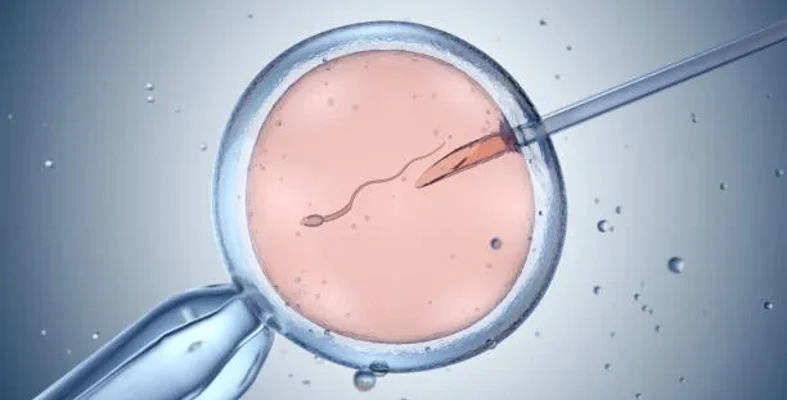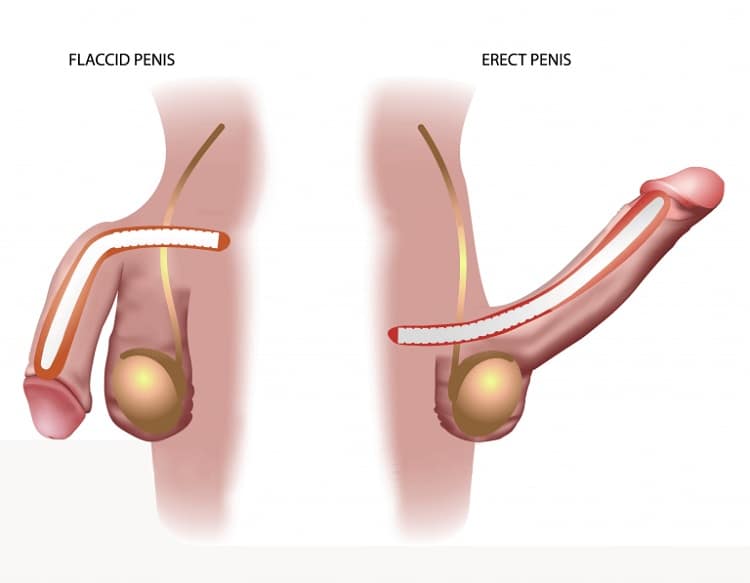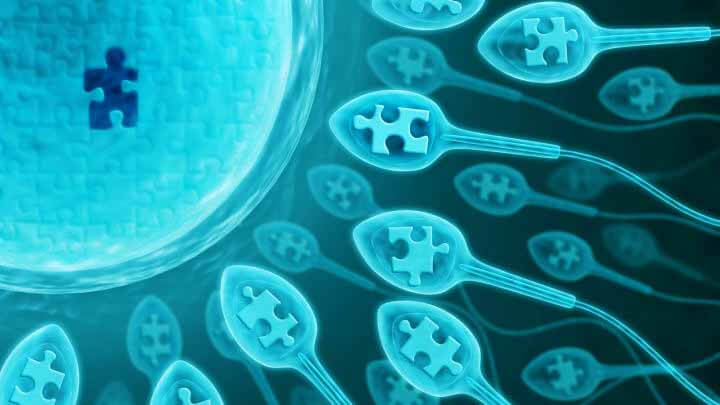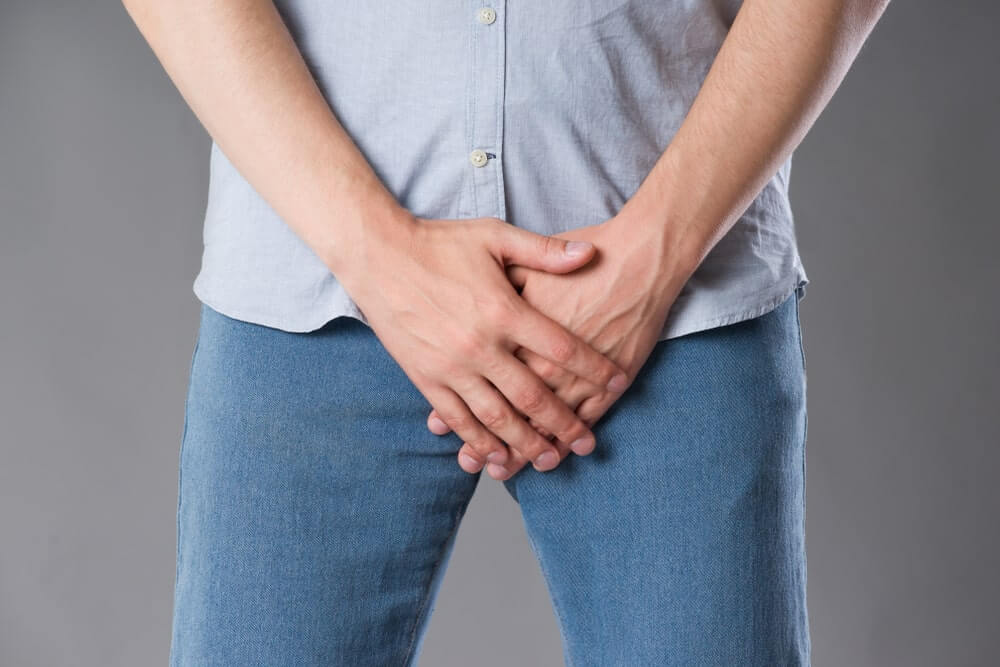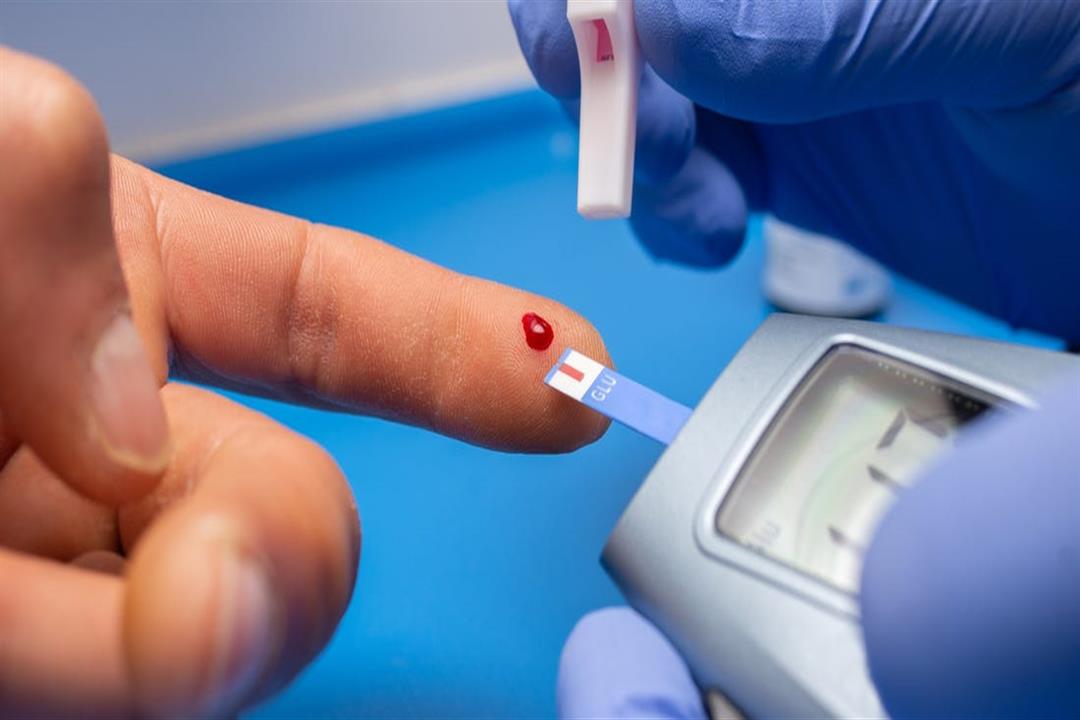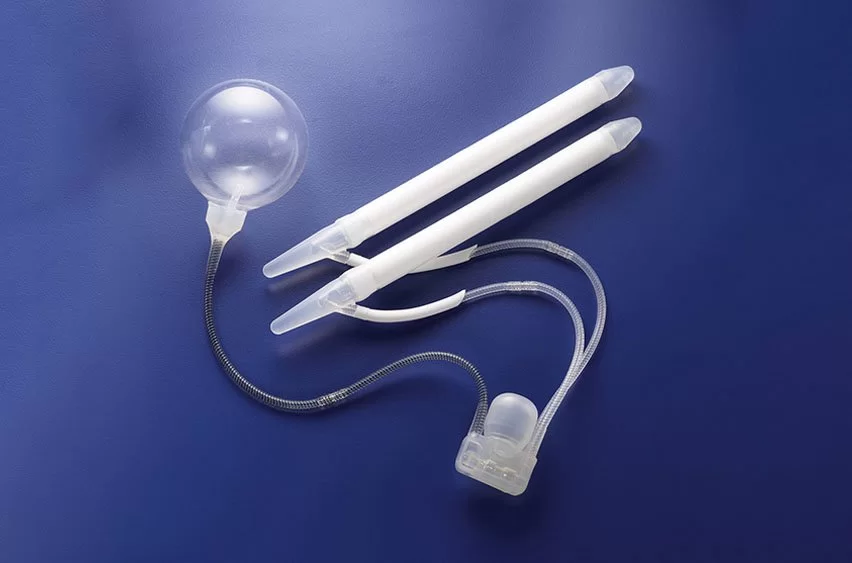Chronic Testicular Pain
Chronic testicular pain is a significant issue when it persists for more than 3 months, often causing discomfort and greatly impacting a man’s quality of life. When traditional treatments like medications or physical therapy fail to relieve the pain, microsurgical testicular denervation may be an effective and definitive solution.
Microsurgical Testicular Denervation
Microsurgical testicular denervation is a procedure aimed at reducing or eliminating chronic testicular pain by cutting the nerves responsible for transmitting pain signals from the testicle to the brain. This surgery is performed using a microscope to ensure precision and minimize damage to surrounding blood vessels and unaffected nerves.
When Is This Procedure Considered?
Microsurgical denervation is recommended in the following cases:
- Chronic testicular pain lasting more than 3–6 months.
- Failure of pharmacological treatments, such as anti-inflammatory drugs, painkillers, or nerve blocks.
- No clear treatable organic cause, such as varicocele or infections.
- Significant impact of pain on daily life and sexual activity.
How Is the Procedure Performed?
Preparation for Surgery:
- A comprehensive clinical examination and tests to rule out organic causes of pain.
- Ultrasound to identify associated conditions, such as varicocele.
- Discontinuation of blood thinners before the procedure.
Surgical Steps:
- Performed under local or general anesthesia.
- A small incision is made above the scrotum or in the lower abdomen.
- A surgical microscope is used to precisely identify and sever the sensory nerves in the spermatic cord.
- Blood vessels and critical tissues are preserved to maintain testicular function.
- The incision is closed with dissolvable sutures.
Duration of the Procedure
The procedure typically takes 1–2 hours, after which chronic testicular pain is often permanently relieved.
Benefits of Microsurgical Testicular Denervation
- High Effectiveness: Relieves pain in most cases (70–90% success rate).
- Surgical Precision: The microscope allows targeting only the pain-causing nerves.
- Safe Procedure: Minimal complications.
- Improved Quality of Life: Enables patients to resume normal activities quickly.
Recovery After Surgery
- Patients can return home the same day or the next day.
- A week of rest is needed before resuming daily activities.
- Avoid strenuous activities and sports for 4–6 weeks.
- Pain improvement is typically noticed within weeks to months post-surgery.

